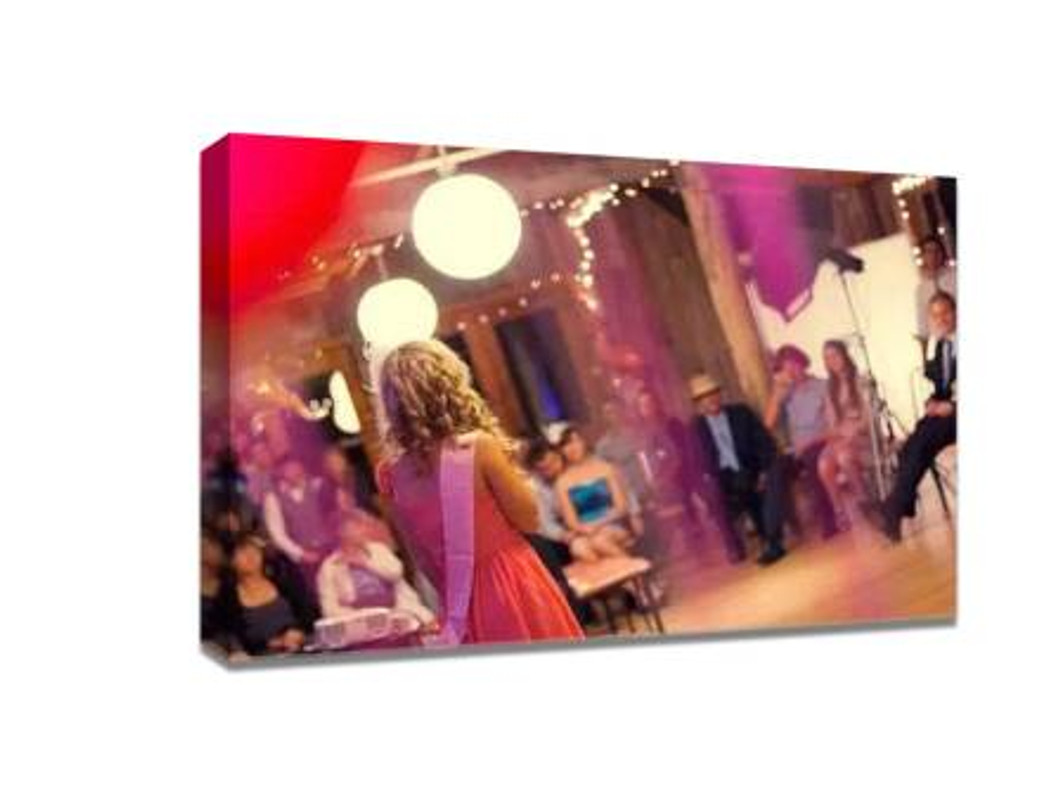Foreground Blurring Composition Skill: Create Stunning Images for Photo on Canvas
If you want to make your images truly stand out when displayed as a photo on canvas, mastering the skill of foreground blurring is essential. This technique adds depth, dimension, and artistic flair to your photos, allowing key subjects to pop while maintaining a soft, visually appealing background or foreground. For photographers looking to turn their shots into canvas art, understanding and applying foreground blurring can be the difference between a flat image and a breathtaking, gallery-quality display.
Understanding Foreground Blurring
Foreground blurring, often referred to as “front bokeh,” is a compositional technique where elements closer to the camera are intentionally blurred while the main subject remains sharp. While background blurring is commonly used to isolate subjects, foreground blurring adds an extra layer of depth, making your composition feel more immersive. On canvas, this effect can guide the viewer’s eye naturally toward the main subject, enhancing the impact of your print.
Why Foreground Blurring Works for Photo on Canvas
-
Enhanced Depth and Dimension:
A blurred foreground creates a three-dimensional effect, making flat prints feel more lifelike. When transferred to canvas, this depth is emphasized due to the tactile, textured surface, creating a captivating visual experience. -
Focus on Key Subjects:
By strategically blurring elements in the foreground, you naturally draw attention to the primary subject. This helps viewers engage more directly with the story or emotion conveyed in your photo. -
Soft and Artistic Look:
Foreground blurring introduces a gentle, dreamy aesthetic, ideal for portrait, nature, or abstract photography. This soft touch is perfect for canvas prints, elevating them beyond standard photo prints.
How to Achieve Foreground Blurring
-
Use a Wide Aperture:
Shooting with a wide aperture (small f-number) reduces your depth of field, naturally creating blur in the areas closer to the lens. Lenses with an f/1.4–f/2.8 aperture range are ideal for achieving pronounced foreground blur. -
Get Close to Foreground Elements:
Positioning objects, leaves, flowers, or other elements near the lens while keeping your main subject at a middle distance enhances the blur effect. The closer the foreground element, the more pronounced the blurring effect. -
Experiment with Lens Choices:
Prime lenses, especially those with longer focal lengths, excel at isolating subjects and creating smooth, creamy blurs in both the foreground and background. For landscapes or cityscapes, a telephoto lens can compress space while highlighting key areas. -
Mind Your Composition:
Foreground blurring isn’t just about technique—it’s about placement. Use leading lines, framing elements, and patterns to guide the viewer’s gaze toward your main subject while maintaining visual balance.
Tips for Foreground Blurring on Canvas Prints
-
Choose High-Resolution Images:
Blurring effects can sometimes exaggerate pixelation if the image isn’t high resolution. For large canvas prints, always use images with sufficient detail to maintain clarity in the focused areas. -
Highlight Textures:
The textured surface of a canvas can accentuate the artistic feel of blurred elements. When shooting, consider how textures like petals, water ripples, or architectural details might interact with blur to enhance the final print. -
Post-Processing Adjustments:
Software like Lightroom or Photoshop can refine your foreground blur if needed. Slight enhancements to contrast, sharpness, and depth can make your main subject pop even more when printed on canvas. -
Balance Blur and Focus:
Too much blur can overwhelm your subject, while too little can flatten the image. Aim for a balance that maintains the viewer’s interest without distracting from the main composition.
Creative Applications
-
Portrait Photography: Blurred foreground elements like flowers, fabric, or furniture can create intimacy and softness around your subject.
-
Nature and Landscape: Trees, leaves, or rock formations in the foreground create a natural frame, guiding the eye into the scene.
-
Abstract Art: Use foreground blurring to turn everyday objects into intriguing, impressionistic shapes that become visually striking on canvas.
Mastering foreground blurring is a game-changer for photographers aiming to produce stunning photo on canvas art. By controlling depth, focus, and composition, you can transform ordinary shots into visually compelling prints that captivate viewers. Remember, the key is to balance creativity with technical precision—allow the foreground to support your subject, not compete with it. Whether you’re creating gifts, home decor, or gallery-worthy art, foreground blurring adds a professional edge to your canvas prints.
Turn your next photo into a masterpiece with the power of foreground blurring, and see how your images come alive on canvas like never before.
Recent Posts
-
Cheap Quality Canvas Prints for Every Occasion: Weddings, Birthdays & More
Canvas prints are a timeless way to preserve your memories in a beautiful and lasting format. Whethe …28th Nov 2025 -
How to Arrange Personalized Canvas Prints for Wall: Smart Layout & Styling Tips
When decorating a home, few elements are as meaningful—and visually striking—as personalized canvas …26th Nov 2025 -
The Ultimate Guide to Choosing Personalized Canvas Photo Prints for Your Space
If you are looking to turn your favourite photos into meaningful wall decor, personalized canvas pri …25th Nov 2025
